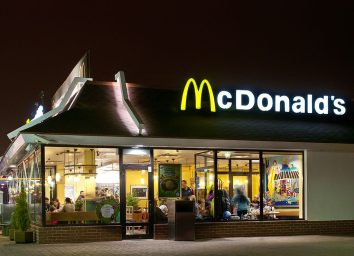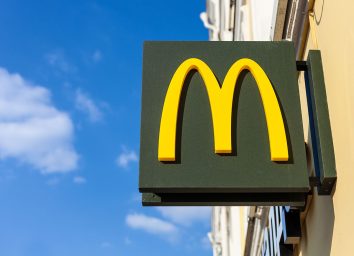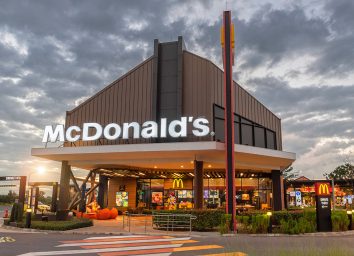14 Ways McDonald's Food Has Become Healthier in the Last Decade
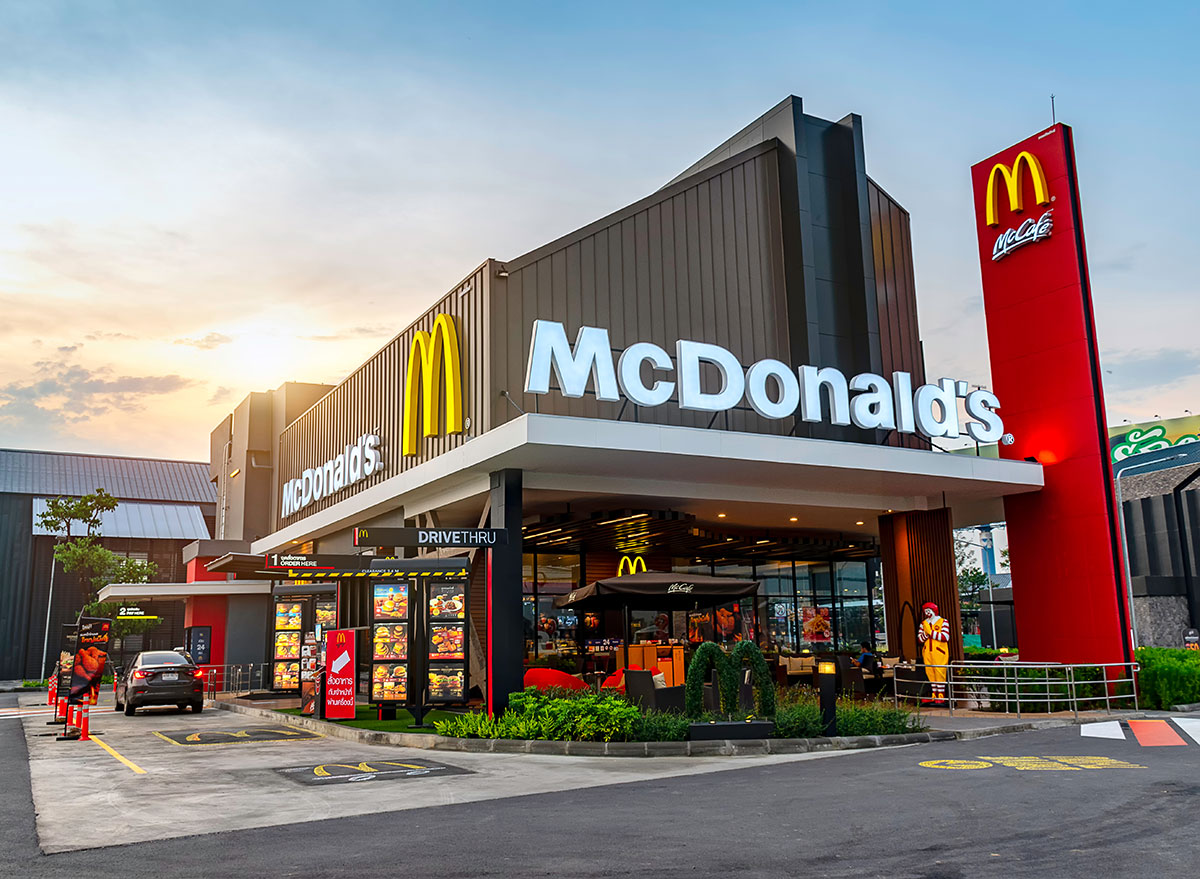
Mickey D's has an *ahem* complicated track record when it comes to food quality and healthfulness—from apple pies with questionable expiration dates and dirty milkshake machines, to egg whites sprayed with a ton of butter.
However, the food giant has also taken more than a few steps to change that. "More than ever, people care about their food– where it comes from, what goes into it and how it's prepared," Mike Andres, former president of McDonald's USA, said a few years ago. "We're making changes to ensure the food we're proud of is food our customers love and feel good eating, and we remain committed to our continuing food journey at McDonald's."
Not only has McDonald's made its food healthier, but the chain has set sustainable and environmental goals across the company, influencing other restaurants to do the same.
With these recent changes to core recipes, food practices, and marketing strategies, McDonald's seems to be headed in the right direction. Read on to find out how the chain has become healthier over the last decade.
And don't miss 7 Steakhouse Chains With the Best Quality Meat in America.
Made healthier swaps in Happy Meals
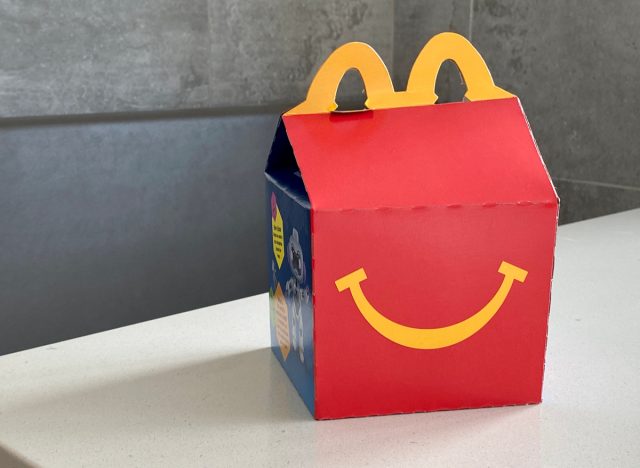
Since 2012, McDonald's has replaced a lot of the food in Happy Meals with healthier versions. This includes swapping Minute Maid apple juice with the organic Honest Kids apple juice, which has 45% fewer calories and half the sugar content. The chain also removed soda from Happy Meal menu boards and added bottled water as an option.
Apple slices were added to every Happy Meal, representing more food groups, and the small fries were replaced with a kid-sized portion, decreasing the calories and sodium by half. All Happy Meals are now 600 calories or less.
Changed Happy Meal marketing strategy
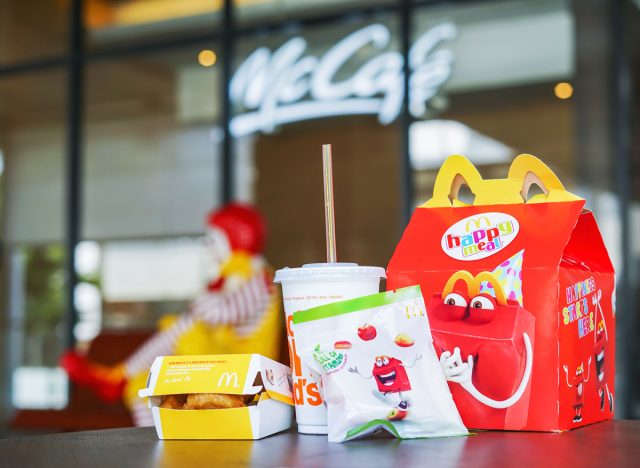
Not only did McDonald's change what's inside a Happy Meal, but it also committed to marketing the popular item in a way that encourages kids to make healthier choices. According to the McDonald's Global Happy Meal Goals: 2020 Progress Report, "100% of ads shown to children across the 20 major markets that showed Happy Meal menu items featured water, milk, or juice as a beverage and fruit, vegetables, or dairy as a side."
McDonald's aims to advertise balanced meals to kids, and 83% of Happy Meal Bundles shown in children's ads in 2019 met the following stringent nutrition criteria: 600 calories max, 10% of calories from saturated fat, 10% of calories from added sugar, and 650 milligrams or less of sodium.
Made Happy Meal nutritional info more transparent
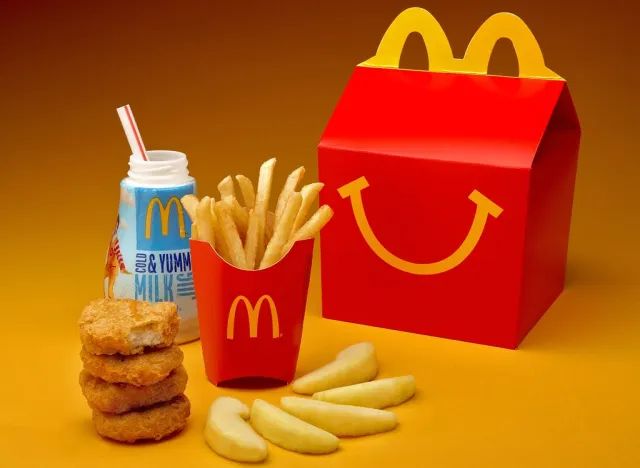
Parents need to know what their kids are eating, and McDonald's has made that much easier over the years. According to the McDonald's Global Happy Meal Goals: 2020 Progress Report, 12 of the 20 major McDonald's markets provided complete nutritional information for Happy Meal Bundles on their websites in 2019. The report also noted that 7 of the 10 major markets with mobile app displayed complete nutritional information for Happy Meals on the app.
Removed artificial preservatives from McNuggets
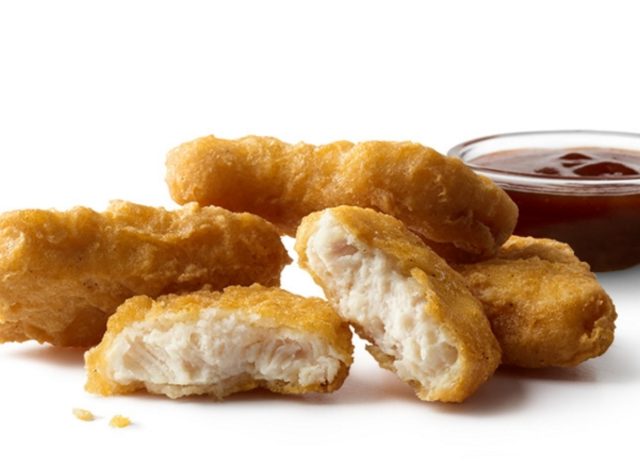
A positive change for both kids that love Happy Meals and adults that love the McNuggets—the chain removed artificial preservatives from the beloved chicken item in 2016. According to The Chicago Tribune, McDonald's took this step to cater to customers seeking healthier and fresher foods. McNuggets are currently made with 100% chicken breast meat, but after being cooked, chicken meat only makes up 45% of the nuggets, while the remaining 55% is made up of batter, seasoning, and oil.
Removed artificial preservatives, flavors, and colors from burgers
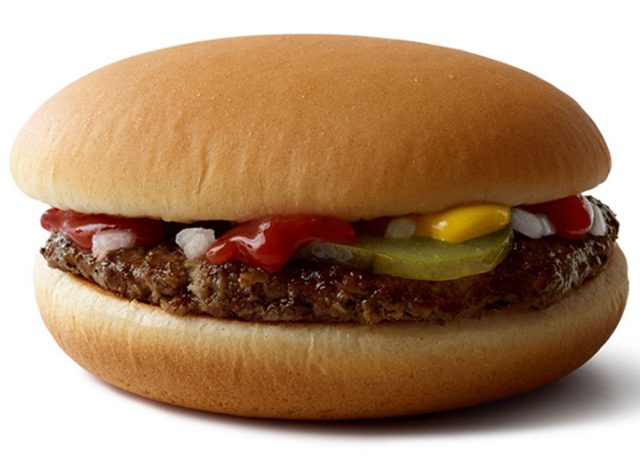
The Big Mac got healthier in 2018, when McDonald's announced that its burgers were no longer going to be made with artificial preservatives, artificial flavors, and added colors from artificial sources. "We know quality choices are important to our customers, and this latest positive change to our classic burgers demonstrates our committed journey to leading with the customer and building a better McDonald's," said CEO Chris Kempczinski.
Replaced liquid margarine with real butter
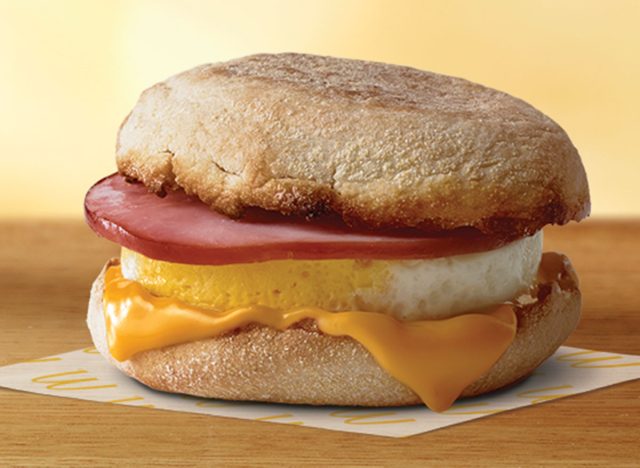
You may not have even realized that, in the past, the McMuffin didn't have real butter on it. But it does now! In 2015, McDonald's announced that it was trading liquid margarine for real butter on English muffins, biscuits, and bagels on the breakfast menu.
Introduced Fruit & Maple oatmeal
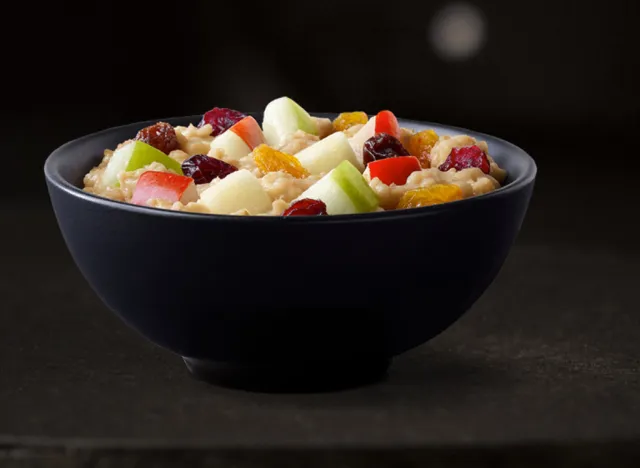
McDonald's Fruit & Maple Oatmeal began offering this healthier breakfast option in 2014. According to Convenience Store News, Dr. Cindy Goody, Head of Ingredients & Nutrition at McDonald's, said the menu item was added to make it easier for customers to eat whole grains and fruits.
The item has 320 calories with two servings of whole-grain oats, cream, brown sugar, red and green apples, cranberries, and raisins. Fun fact: This is one of Olivia Rodrigo's favorite chain restaurant orders!
Debuted a plant-based burger
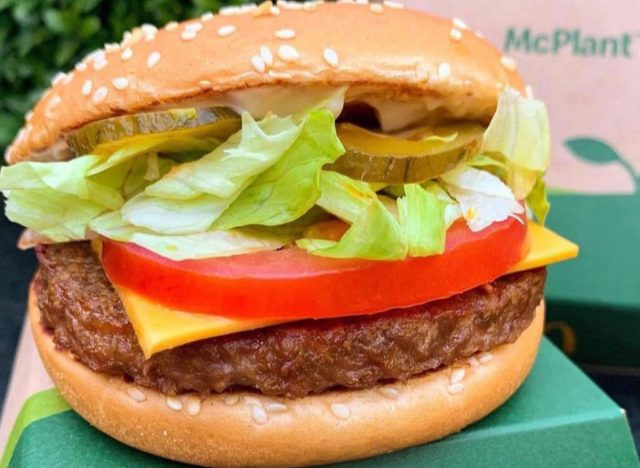
With so many people turning to plant-based, vegan diets, it's no surprise that McDonald's hopped on the trend. The McPlant is made with a plant-based patty, co-developed with Beyond Meat.
It is currently only available at select restaurants, but according to McDonald's, the culinary team "nailed it," so hopefully we'll see it nationwide soon.
Announced the switch to cage-free eggs by 2025

In 2015, McDonald's set the goal to use only cage-free eggs by 2025. In 2019, the food giant reported that 33% of its egg supply was now cage-free.
Not only do cage-free farms provide better living conditions for chickens, but those chickens may produce eggs that have more Vitamin D than other eggs. A 2014 study showed that hens raised outside without cages produced eggs with greater amounts of Vitamin D3, which supports bone strength and immunity.
Introduced buns without high fructose corn syrup
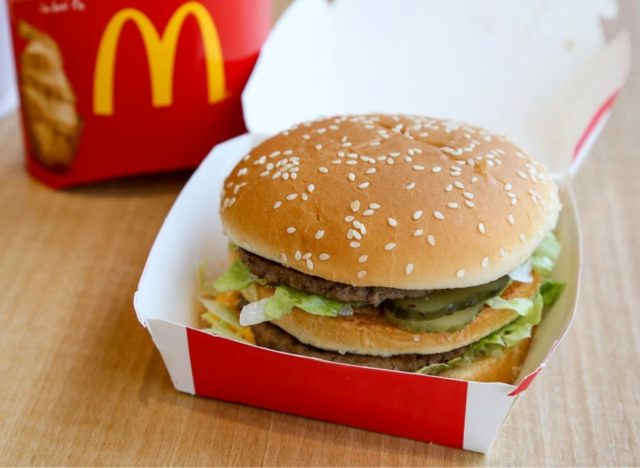
In 2016, McDonald's announced a key change to its buns: no more fructose corn syrup. According to Insider, the chain swapped high fructose corn syrup with another sweetener after hearing customers' concerns about the original ingredient. The new buns are now used for Big Macs, Quarter Pounders, hamburgers, cheeseburgers, Filet-O-Fish, and McChicken sandwiches.
Removed artificial preservatives from breakfast items
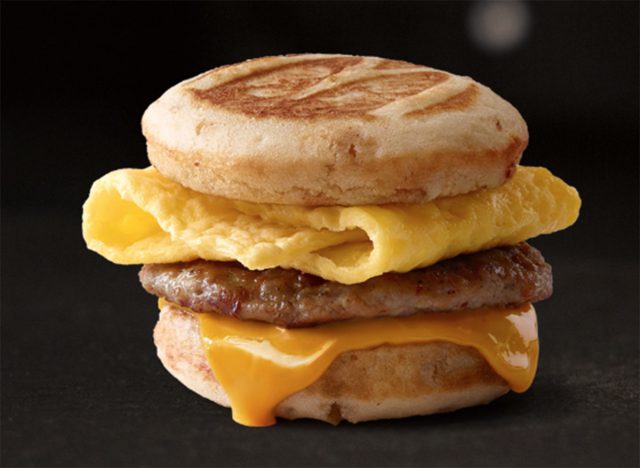
In 2016 the food giant announced that it would remove artificial preservatives from breakfast menu items, including sausage patties, omelet-style eggs on McGriddles, breakfast sandwiches, and scrambled eggs on breakfast platters.
Announced goals for reducing antibiotic use in chicken and beef
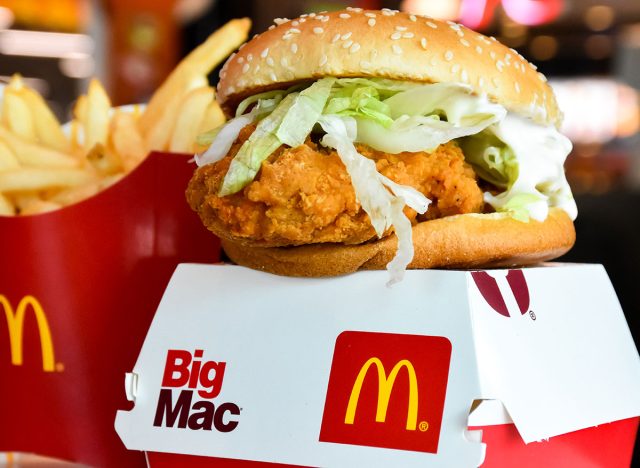
The fast-food chain has regulated antibiotic use since 2003, but in 2017, the company developed an updated antibiotic policy to "preserve antibiotic effectiveness in the future through ethical practices today," according to a report.
One of the policy's main goals is to eliminate antibiotics, defined by the World Health Organization as Highest Priority Critical Important Antibiotics (HPCIA), from all its chicken supply worldwide by 2027. McDonald's reported that HPCIA use has already been eliminated in Australia, Brazil, Canada, Europe, Japan, South Korea, and the United States.
The chain also created a beef antibiotic strategy in 2018, and conducted global pilot tests to better understand and refine antibiotic use, as reported in McDonald's Beef and Dairy Beef Antibiotic Policy March 2022. More updates on specific beef antibiotic targets and goals are expected in late 2022, but the chain is a bit behind schedule as reduction targets were supposed to be set in 2020.
Announced plans to achieve net zero emissions by 2050
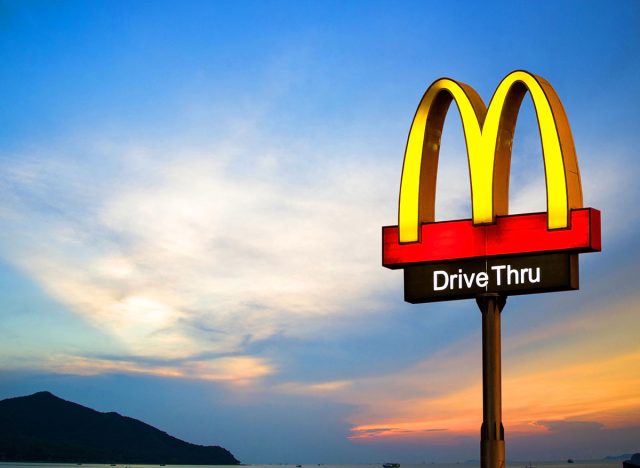
Climate change has been at the forefront of new policies for fast-food chains, and McDonald's is no exception.
"In 2021, we joined the United Nations Race to Zero campaign, pledging to put McDonald's on the path to net zero emissions by 2050," the chain announced last year.
This means reducing and offsetting emissions from its restaurants, corporate locations, and those created by its farming and supply chain partners. McDonald's joined over a thousand other companies that also made similar commitments to reducing greenhouse gas emissions, like Nestle, Kraft Heinz, and Starbucks.
Opened a first-ever net-zero energy restaurant
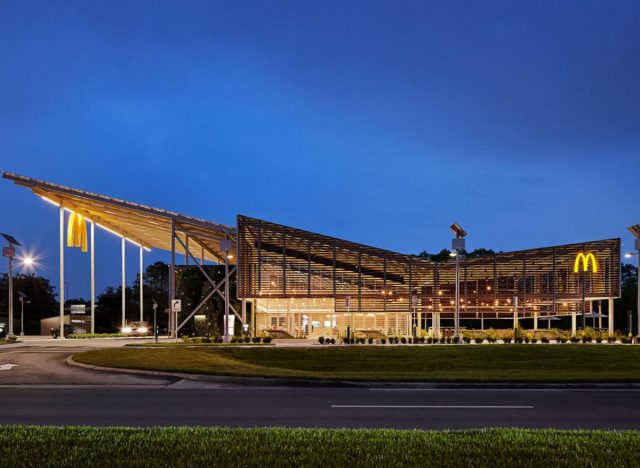
They say Disney World is magical, and it just might be. In 2020, McDonald's debuted a first-of-its-kind net zero energy restaurant at Walt Disney World Resort in Orlando, Fla. The unique location creates all of its renewable energy on-site, covering 100% of its annual energy needs.
There's a solar panel roof, an automated energy system, and even family-friendly educational elements that teach customers about renewable energy.

